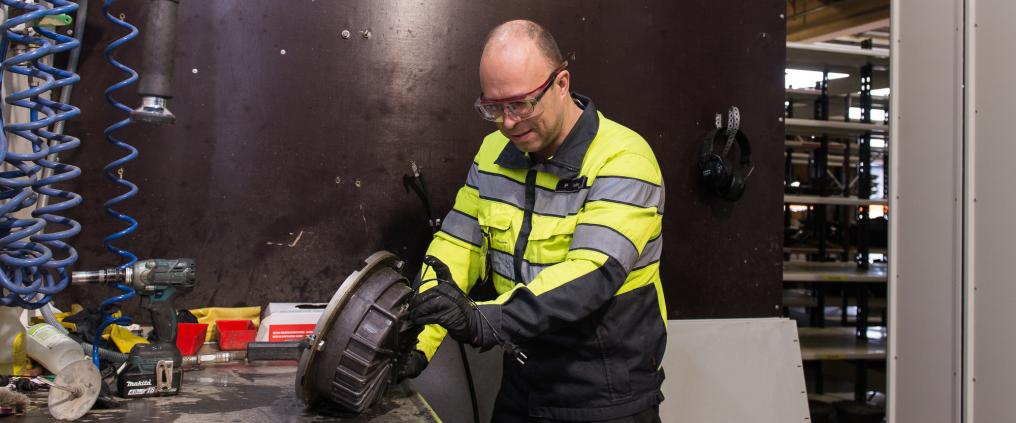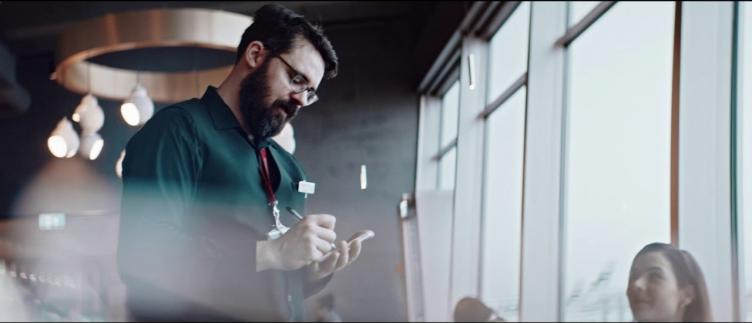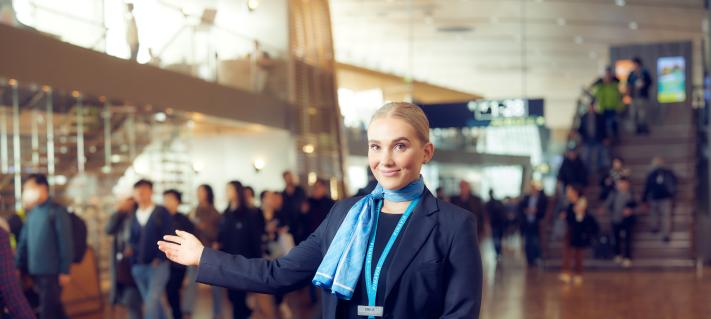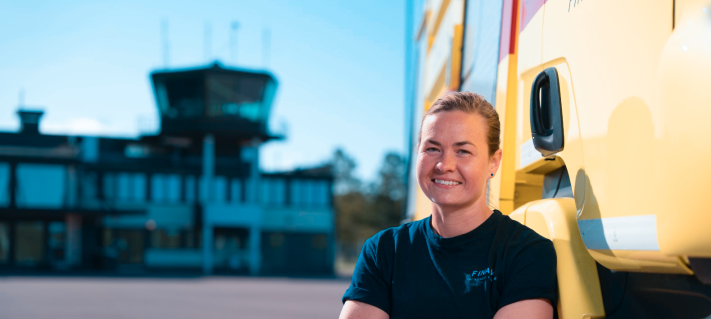Runway lighting repairman Petteri Hukka screws open the metallic lid of a runway lamp and starts to examine it at his spot at Finavia’s aviation electricity unit. During a typical workday, he repairs up to ten of these lamps.
There’s always something that needs to be fixed as there are about 10,000 different lights at Helsinki Airport.
For instance, the bright runway centreline lighting system is designed to direct pilots to stay in the centre of the runway. Runway edge lights, meanwhile, are used at night or in low visibility operations to indicate the edges of the runway, whereas runway end identifier lights direct the actual landing by helping to help differentiate the runway from taxiways at night. In addition, there are other lighting types moulded into the asphalt, such as threshold lights or the touchdown zone lights.
These lights play a vital role in the safety and efficiency of flight operations and assist in landing and takeoff, making it easier for planes to move in all weather conditions.
Lights should be waterproof
Airport lighting systems require daily maintenance, and their condition is under around-the-clock surveillance. Lights that are out of order – or need a check-up – are brought to the workshop.
The most common defects Hukka usually deals with involve electrical malfunctions, minor superficial flaws or burnt bulbs. However, the last is less frequent now as the majority of runway lighting at Helsinki Airport has been replaced with LED, which is proven to last longer than halogen.
“The bulbs that we receive here are always examined and repaired as necessary. The lights are also always dipped in water to see, using compressed air, if any leaks occur. These lights must be waterproof in order to protect the wiring inside them. However, water is likely to leak into the lights every now and then, which is a common cause for defects. The acetate used for preventing slipperiness sometimes also pours out into the lights and therefore causes problems,” Hukka explains.
Harsh weather challenges durability
The LED and halogen bulbs of the airport lighting systems resemble standard lamps sold at stores, yet their outer casing is heavy duty, and the durability of these lamps has been tested. However, harsh weather is still likely to challenge their sturdiness.
Winter frost tends to break the lighting and snowploughs can damage the ones on the surface of the runway. Even though the metal crowns of these lights are meant to withstand the weight of even the biggest jumbo jets, the recurring impact of snowplough blades might be too much at times. Runway edge lights, for example, are occasionally run over as they might be difficult to see under the snow.
“Sometimes I work overtime. If several lights turn dark in a row, they need immediate attention to maintain airport safety.”
Repairs involve careful handwork
Lighting repair calls for proper technique and the tools used for it are familiar: screwdrivers, pliers and compressed air blowers. The work requires special know-how, but there is no specific training for the job. Hukka has learnt his trade at work.
He started his career at the storage room of Finavia, back in the 1980s, and later crossed over to aviation electricity. He has an impressive experience spanning over 20 years working with lights and electricity. As the usage of lights constantly increases at Helsinki Airport, there is bound to be work available for aviation lighting maintenance professionals in the future.
When Hukka finishes repairing a lamp, he carefully signs the light’s location data with a marker before moving it to the shelf. Even if these lights might look identical to most people, each lamp has its specific spot. The sea of thousands of lights is the result of careful work and planning, as nothing can be left to chance when it comes to aviation safety.
Read more about the Apron service worker Antti Saastamoinen's job
Safety guides everything we do - Read more about responsibility at Finavia





